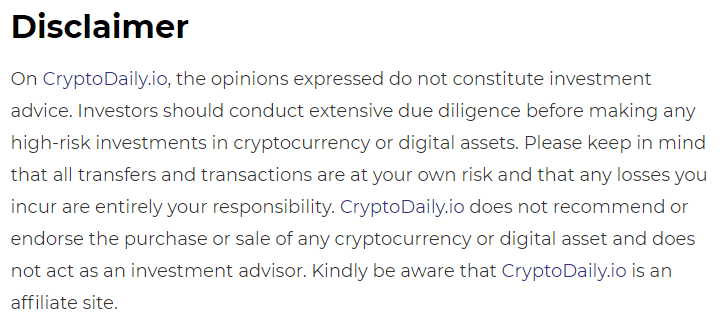DeFi is widely regarded as the first large-scale implementation of blockchain technology, and it has since been a common motif in prominent crypto industries such as NFTs and GameFi.
Because Dex is at the heart of Defi, decentralized exchanges, or Dex, are the most popular blockchain services. They are the hubs where users and funds congregate to conduct transactions. However, because users’ needs are diversifying and multi-chain competition is pushing existing Dex to its limitations, focusing solely on serving trade needs is no longer enough to attract and maintain users in this competitive business.
Mdex has only been active in this market for about a year, but it has already outperformed its competition in terms of TVL. Both market makers and investment traders have benefited from its efficient and high-yield product expertise. The team’s fundamental focus on product quality and development is, more crucially, the reason for this rise. The team’s product development has been swift and orderly under the Mdex DAO’s governance, with advances in multi-chain deployments, derivatives, and NFT markets. Mdex is moving closer to becoming a complete DeFi ecosystem within the blockchain world as a result of its ongoing development.
Mdex ensures higher returns for liquidity providers
The Mdex decentralized trading platform saw another halving on December 2. The platform’s coin ‘MDX’ has had its mining output halved once more, from 40 MDX per block for dual chains (BSC & HECO) to 20 MDX per block. A suggestion to modify the platform’s fee allocation was also approved by the Mdex community. The platform now charges a 0.3 percent fee for all transactions. All LP suppliers (even those who are not on the platform’s liquidity mining whitelist) will receive 0.2 percent, 0.07 percent will be used for the repurchasing and burning of MDX and XMDX, and 0.03 percent will be used for boardroom rewards, according to the new plan. As a result, this new distribution scheme provides customers with more incentives to become LP providers.
More importantly, this type of decision is not uncommon in the MDEX community, demonstrating our users’ strong consensus, confidence, and commitment to support and invest in our project’s future.
Mdex now has about $1.4 billion in TVL, and the average daily trade volume of both chains is between $200 and $400 million. This means that, under the new plan, liquidity providers will be entitled to a portion of the daily $400-800,000 in transaction fee revenue.
Mdex brings more prosperity through liquidity
Aside from the gains from liquidity mining, market-making revenue is the principal source of income for liquidity providers. It’s also the driving force for LPs.
Trading in some prominent developing tokens is the polar opposite. According to the most recent data, Mdex has a greater LP market-making revenue rate than Pancake for the same pairs.

Regardless of the results, these data comparisons point up areas where Mdex can improve. The issue of liquidity has become increasingly important in a context where DeFi sectors are beginning to interact.
This acknowledgment backs up Mdex’s recent decision to transfer more revenue from fees to LPs. Slippage and depth are two issues that have a direct impact on the user experience. Higher liquidity allows MDEX to perform better when dealing with these frequent DEX difficulties; in terms of transactions, it is MDEX’s fundamental strength, as all other activities and services are dependent on the availability of liquidity.
Mdex’s strong yield on emerging popular coins already demonstrates these benefits, attracting high-quality projects to congregate on Mdex. Mdex could become the favored trading place for popular projects as a result of this siphon effect, generating a virtuous cycle of projects empowering each other and driving additional users to the platform. It will only be a matter of time until these consequences of our latest fee revenue distribution strategy become apparent.
Access to liquidity is critical to Mdex’s vision and objective of being a comprehensive DeFi ecosystem in the future. The change in fee allocation can be viewed as a major statement and a powerful signal to the crypto sector.
MDEX will, in the long run, open up new possibilities for new projects and uses. MDEX will continue to collaborate with new partners to enhance the health and development of its ecosystem, resulting in higher and longer-term profits for MDX investors. These actions, along with the deflationary paradigm of halving and burning, are part of a long-term process that will determine MDX’s future worth.
To enhance the incentives for players, MDEX implements a “dual mining incentive” combining liquidity mining and transaction mining. They establish a virtuous loop for value capture within a closed environment when combined with the fee-based repurchase and burning mechanism. Furthermore, MDEX is well-known for providing a good user experience and ensuring that users’ rights are protected. Similarly, the fee distribution change was made using the same ‘user first’ operational philosophy that the Mdex community has been using since its inception.
This approach’s efficacy has previously been shown in practice and through data. Mdex has an exciting future ahead of it, with current aspirations, visions, and potential initiatives in the pipeline.



